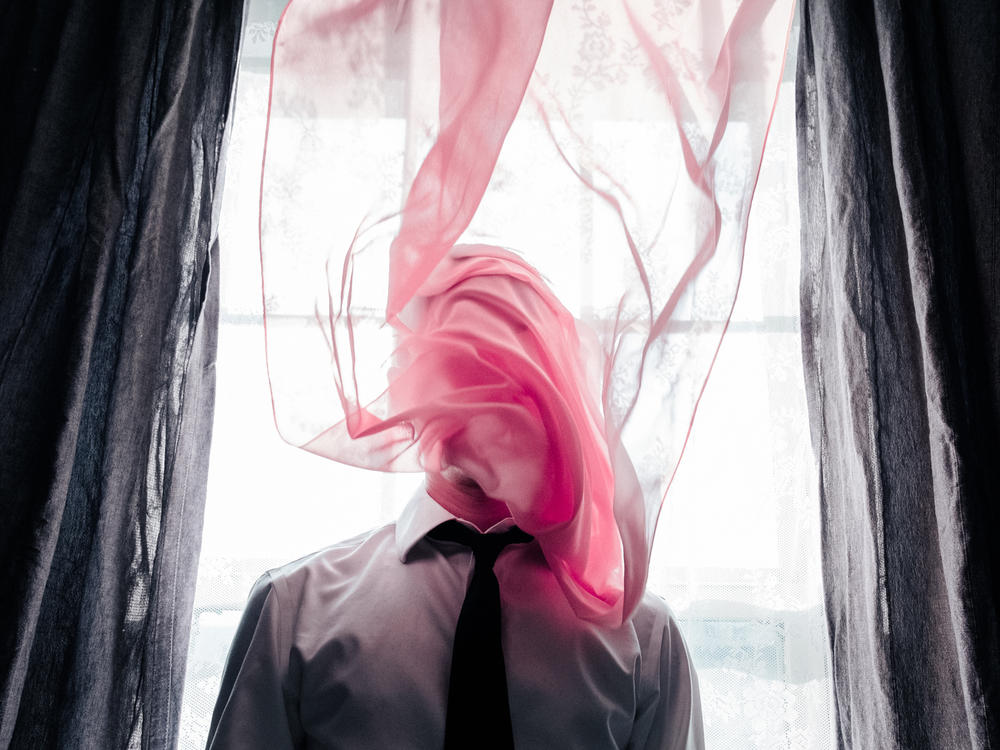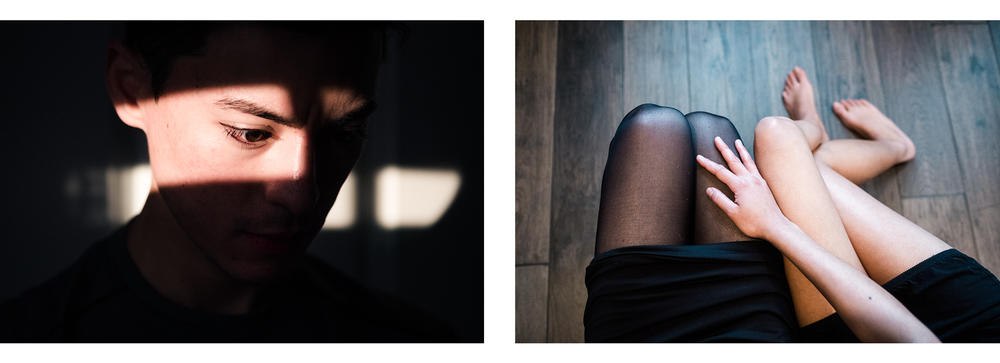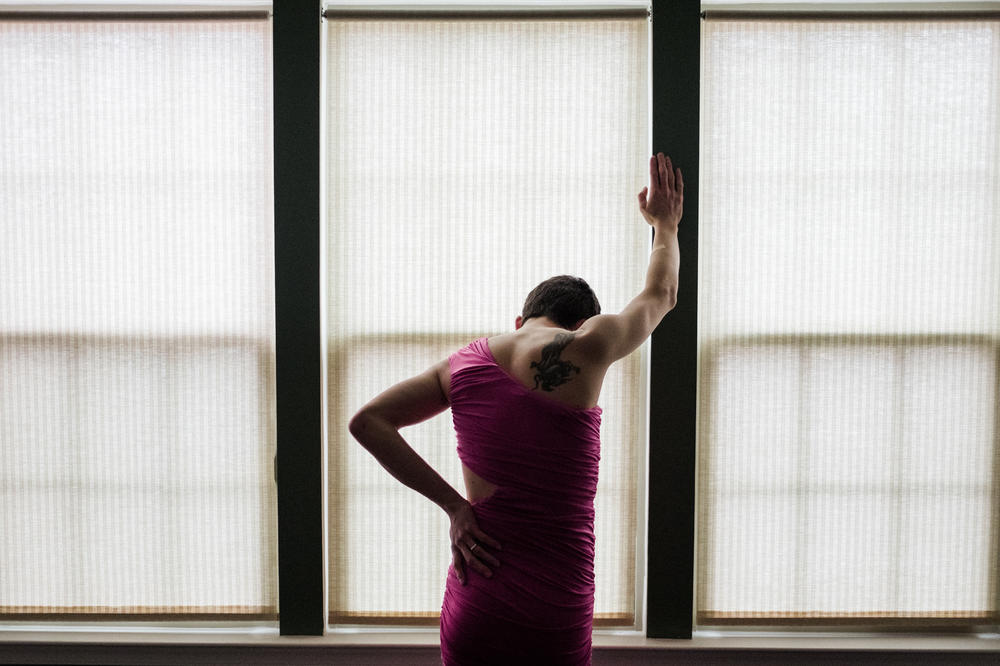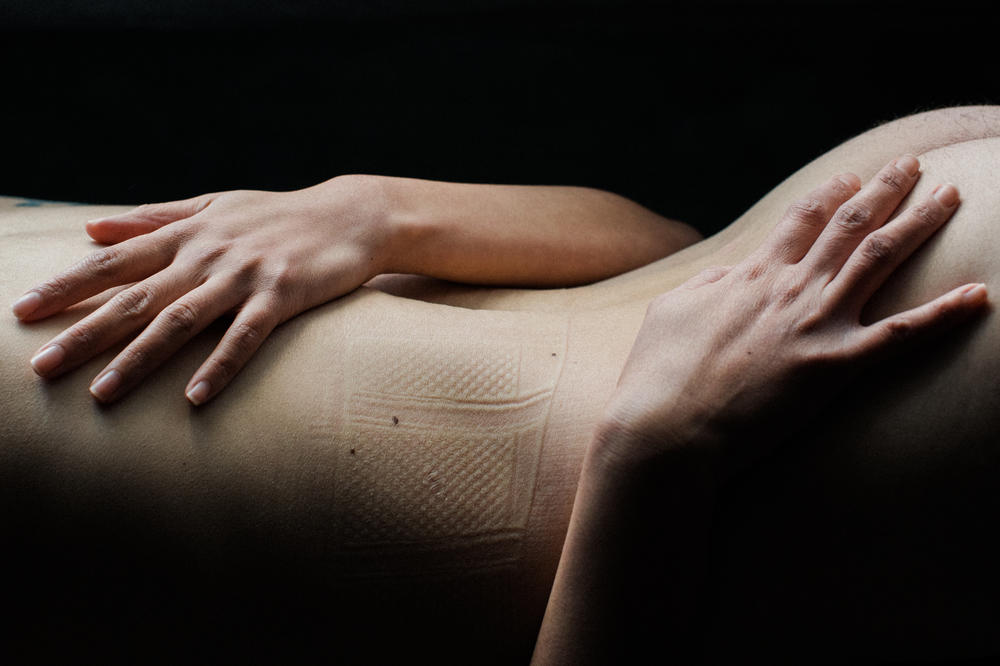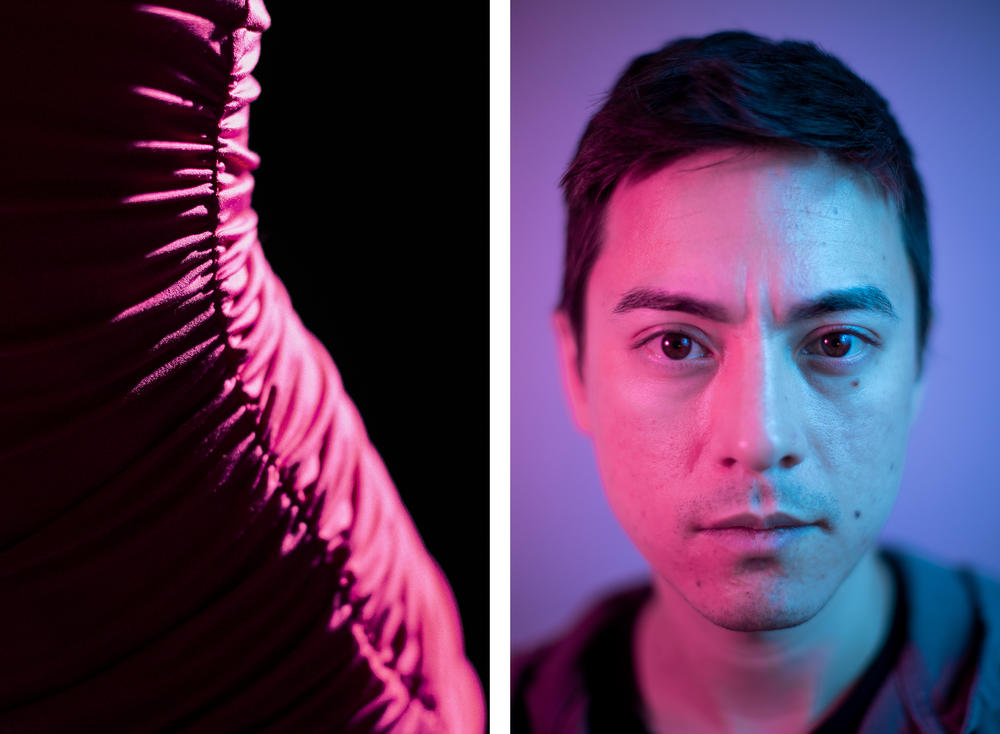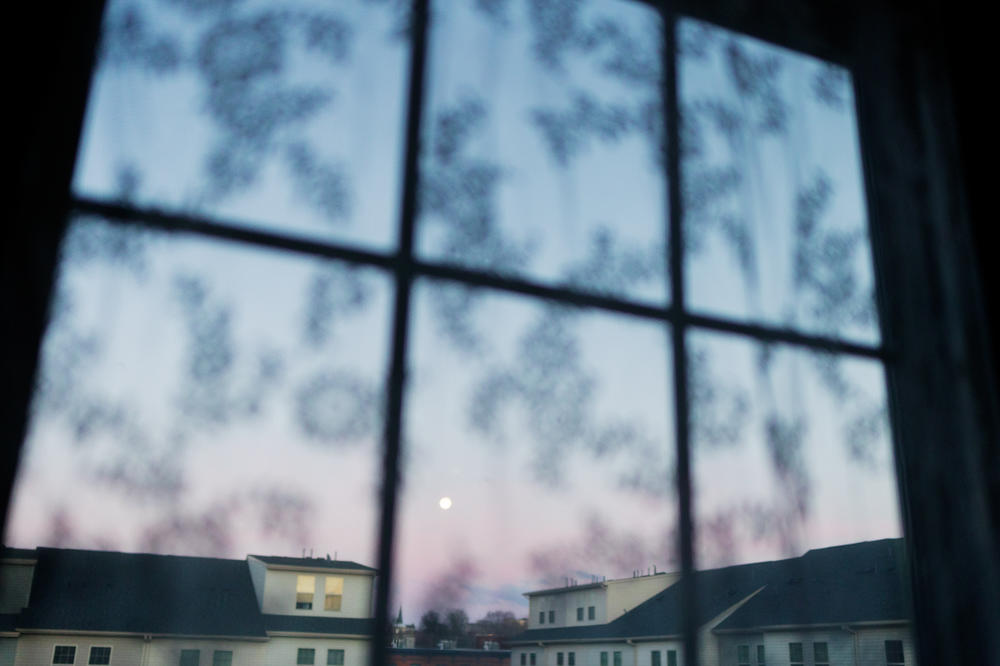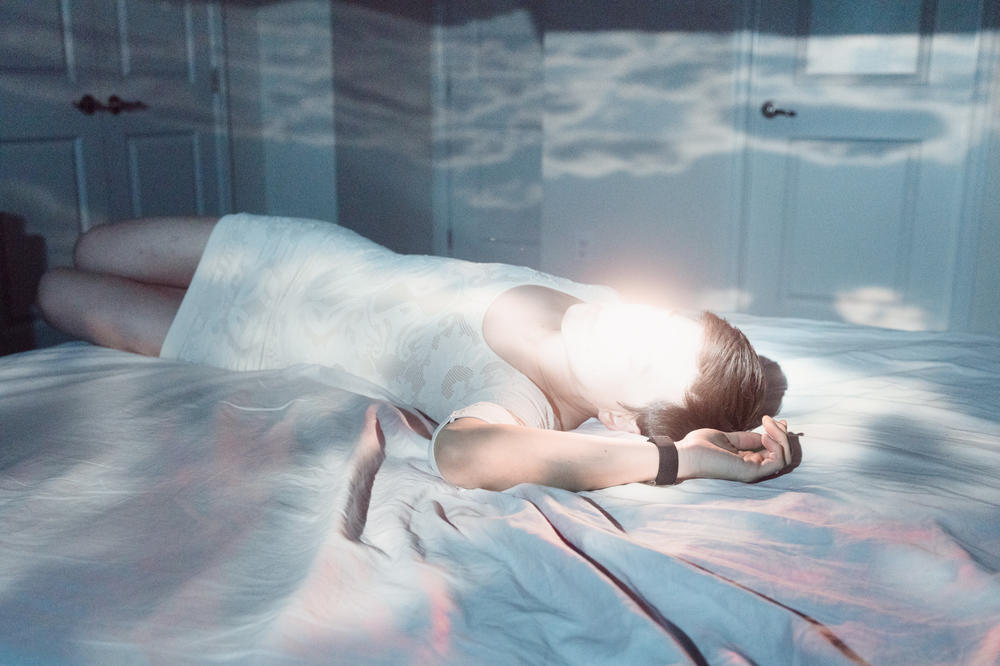Section Branding
Header Content
I Was Told To Hide My Gender Nonconformity. My Photography Helped Me Break Free
Primary Content
My therapist once asked me, "What does pride look like for you?" I was 34 years old and I didn't have an answer.
I could envision a stream of brightly colored banners pouring down city streets, but those scenes didn't feel like they could ever be celebrating people like me.
I grew up in a predominantly white neighborhood in Baltimore in the 1990s. I attended private school, played lacrosse and generally did the things "boys" were supposed to do. In that world, a man in a dress was a "sissy," a comedic trope, an object of derision.
Lacking the language and imagery to otherwise see myself, define myself or understand myself, I found only shame. Every time people laughed at the idea of men wearing women's clothes, I felt humiliation. When the cashier at McDonalds told me I couldn't have the girl's Happy Meal toy, I felt stigma. When my parents sat me down at the kitchen table to tell me dressing like a girl would cost them their jobs, I found guilt and solitude.
Out of shame, I would hide in my bedroom as a child to wrap a blanket around my waist so I could be like Alice in Wonderland. Out of self-doubt, I believed it when an ex-girlfriend told me I should accept her infidelity because she accepted my gender nonconformity. Out of self-hatred, I was certain I could never be loved. When you carry shame your whole life, pride feels like it could only be measured by the absence of shame.
It wasn't a sustainable way to live. Needing to find new narratives and a means to confront my shame, I turned to photography. I decided I needed a way to envision what pride could look like for me.
Inside the four walls of my bedroom, the only part of the world where I could embrace all of who I am, I began making images. I wanted to show the isolation of shame, the salvation of connection and the ambiguity of my gender.
I also wanted to ask questions about our gendered expectations and about what it means to defy them. When confronted with ambiguous images, how do our preconceptions dictate the way we interpret them? What does it mean for us to see an image of two sets of legs in skirts and assume it is two women embracing? How do we feel when we realize that isn't the case?
These questions led me to learn that gender nonconformity has existed across cultures for thousands of years. From the Hijra of South Asia and the Māhū of Hawaii, to the Femminielli of Italy and the Sekrata of Madagascar, gender has been understood before outside of a strict binary system. In these spaces, people like me could even be celebrated rather than shamed; I began to see a space for myself in the world.
Almost three years after I first started on the project, I may have found an answer to my therapist's question. I learned that shame is born from our losses and from the fear of what else we may lose. But pride is found in recognizing what we gain from self-acceptance.
Through this realization I've gained friends who embrace and support me and my differences, rather than despite them. I've gained a richer understanding of the history of gender nonconformity — one that offered an alternate narrative from the one I grew up with. I've gained a space to express a part of myself that has been hidden away my entire life. And I've gained the self-love and acceptance to see myself in the world outside my bedroom.
Copyright 2021 NPR. To see more, visit https://www.npr.org.
